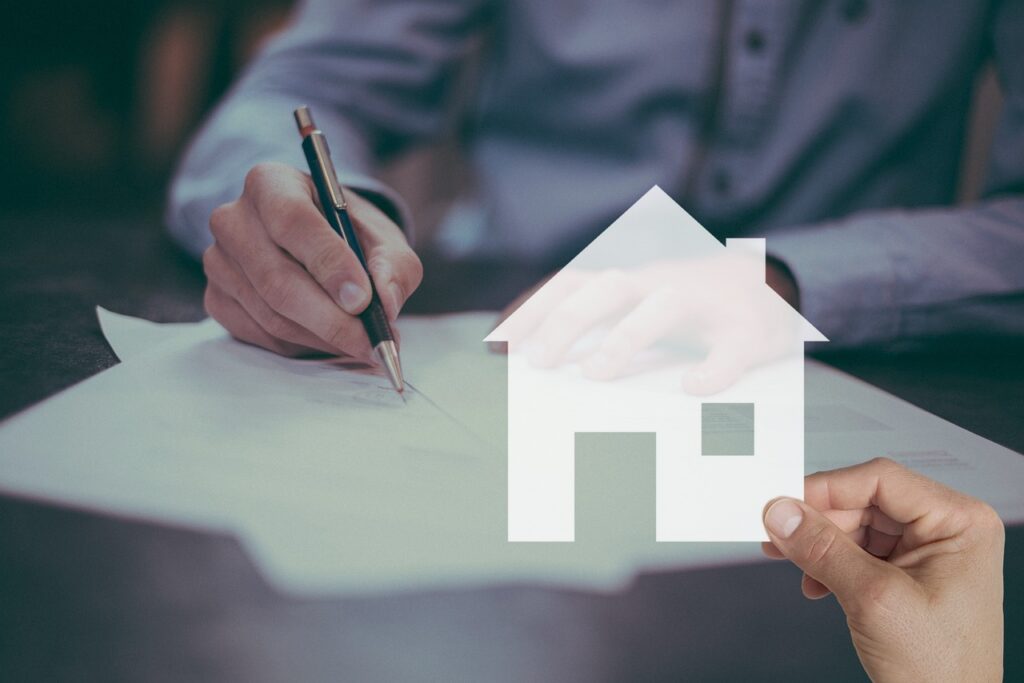A purchase mortgage is a common type of loan used when buying a home, allowing buyers to finance part of the purchase price with the help of a lender. It involves borrowing money to pay for the property, typically requiring a down payment and monthly payments over time. This financial tool is essential for many people aiming to own a home but unable to pay the full amount upfront.
In some cases, a purchase mortgage can also come directly from the seller instead of a traditional lender, known as a purchase-money mortgage or seller financing. This option can help buyers who may not qualify for conventional loans by setting flexible terms agreed upon by both parties.
Understanding the basics of purchase mortgages, including their types and how they work, helps buyers make informed decisions. Knowing what to expect can save time, reduce risks, and align the mortgage choice with personal financial goals.
Understanding Purchase Mortgages
Purchase mortgages are essential tools in home buying that involve specific types of loans and processes. They include the roles of several parties, outlining how financing is arranged and formalized during property transactions.
Definition of a Purchase Mortgage
A purchase mortgage is a loan used to buy a residential property. It is secured by the home itself, meaning the property acts as collateral. This loan allows buyers to pay for their home over time without paying the full price upfront.
There are different types, including traditional bank loans and purchase-money mortgages where the seller finances the buyer directly. The term “purchase mortgage” generally refers to any loan specifically aimed at funding a property purchase, as opposed to refinancing or other mortgage types.
How a Purchase Mortgage Works
The process begins when a buyer applies for a loan to cover the home’s purchase price, minus any down payment. The lender assesses the buyer’s creditworthiness and the property’s value before approving the mortgage.
Once approved, the lender provides funds for the purchase. The buyer makes monthly payments over an agreed term, which includes principal and interest. If payments are missed, the lender can repossess the property.
In seller-financed purchase-money mortgages, the seller acts as the lender, providing the loan directly. This bypasses traditional banks and can be an option for buyers who don’t qualify for conventional financing.
Key Parties Involved in the Process
Three primary parties participate in a purchase mortgage transaction: the buyer, the lender, and often a mortgage broker.
- Buyer: Seeks financing to purchase the home and is responsible for repayments.
- Lender: Provides the mortgage loan, which could be a bank, credit union, or the property seller.
- Mortgage Broker: Sometimes involved to match buyers with appropriate lenders and mortgage products, helping navigate options.
Each party plays a defined role to ensure the mortgage is properly structured, approved, and managed through the purchase and repayment period.
Applying for a Purchase Mortgage
Applying for a purchase mortgage involves meeting specific eligibility criteria and understanding the loan options available. The process requires careful preparation, including submitting necessary documents and following defined steps. Finally, closing the mortgage completes the transaction, with clear requirements for both buyers and lenders.
Eligibility and Requirements
To qualify for a purchase mortgage, applicants must demonstrate stable income and a good credit history. Lenders typically look for a debt-to-income ratio below 40% and a credit score of 620 or higher.
Applicants need to provide proof of employment, income statements, tax returns, and identification. A down payment is required, usually at least 5% of the home price, though some programs may require more.
Additional requirements may include a property appraisal and verification of assets. First-time buyers might qualify for special programs with lower down payment thresholds or federal incentives.
Types of Purchase Mortgage Loans
Several mortgage loan types are available depending on financial situations and preferences.
- Fixed-rate mortgages offer a consistent interest rate and payment schedule over 15 to 30 years.
- Variable-rate (or adjustable-rate) mortgages have interest rates that can fluctuate, often starting lower than fixed rates.
- Government-backed loans like those insured by the CMHC provide options for buyers with lower down payments.
- Open mortgages allow flexibility in prepayment but can have higher rates.
Choosing the appropriate loan depends on factors such as risk tolerance, financial stability, and long-term plans.
Steps in the Application Process
The application begins with pre-approval, where lenders assess financial health to estimate loan eligibility.
Next, the buyer submits a formal application including required documents such as credit reports, income proof, and bank statements.
The lender reviews the application and orders an appraisal to confirm the property’s value.
Once approved, the lender issues a mortgage commitment letter outlining terms and conditions.
The buyer should review all documents thoroughly and prepare for additional requirements like home insurance.
Purchase Mortgage Closing Process
Closing finalizes the mortgage and ownership transfer. It involves signing legal documents to secure the loan and register the property.
Buyers must provide a down payment and pay closing costs, including legal fees, land transfer taxes, and lender fees.
The lender also requires proof of insurance and may require funds in escrow for taxes and insurance.
Once all documents are signed and funds transferred, the mortgage becomes active, and ownership shifts to the buyer.
A clear timeline is essential as closing typically occurs within 30 to 60 days of the purchase agreement.
